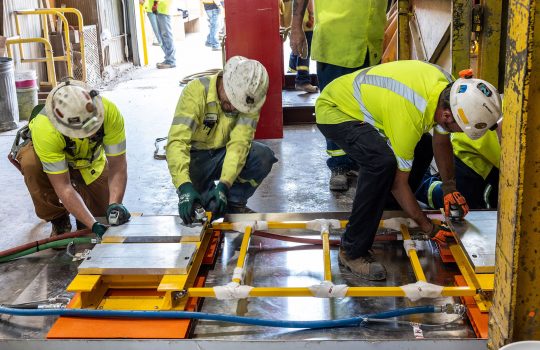Stepping into SURF, the underground lab, and the fabric of our universe
South Dakota Public Broadcasting, June 26, 2025
South Dakota Public Broadcasting recently went underground in Lead, SD to learn about major projects at SURF. This includes Lux Zeppelin, CASPAR and DUNE.




